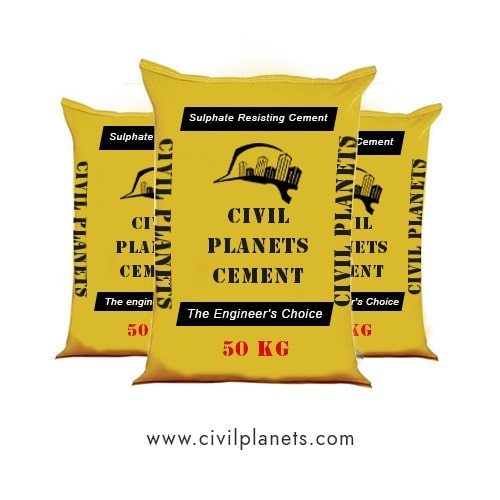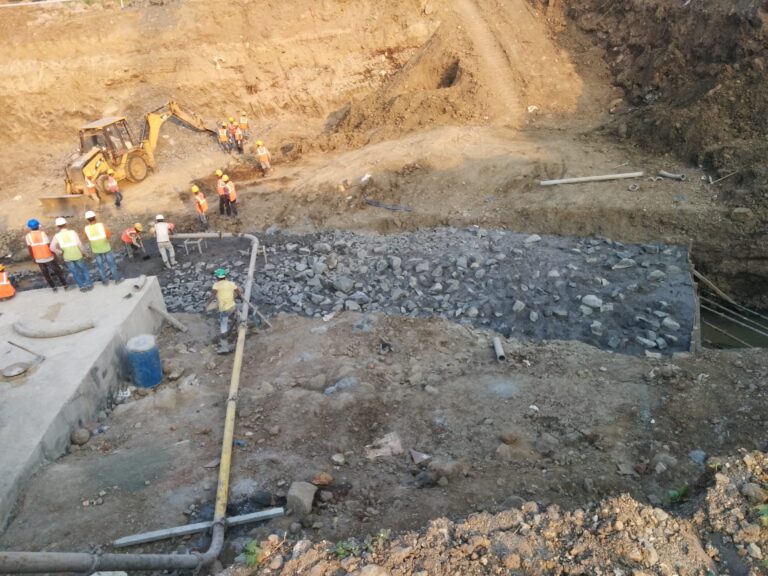Utilising natural resources, beyond some extent, will harm the environment like river sand that reduces the groundwater level. So that now the M sand is recommended to use for all construction activities instead of river sand.
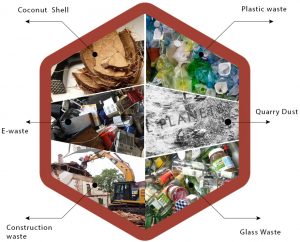
In the same way, many more new materials are invented to use in construction activities instead of conventional material.
More consumption of natural resources affects the environment and impacts the groundwater level, and creates more pollutants. But people were reluctant to use the new materials in construction even though it does give strength, durability!.

In the past two decades, many different types of concrete blocks have been introduced instead of conventional bricks which gives more strength and durability for the structure. The AAC bricks are now widely used in the construction of walls instead of red bricks.
Let’s Compare the two – Red Bricks Vs AAC Bricks
What are Red Bricks?
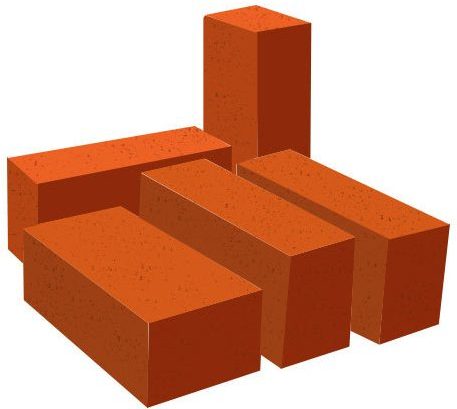
The red bricks are construction material that is manufactured from the natural available red soil in different sizes. The red bricks are widely used for constructing buildings. Different types of brick bonds are used in wall construction to make the masonry as strong.
Alumina, magnesia, lime and silica are the main constituents of the red bricks.
What are the AAC blocks?
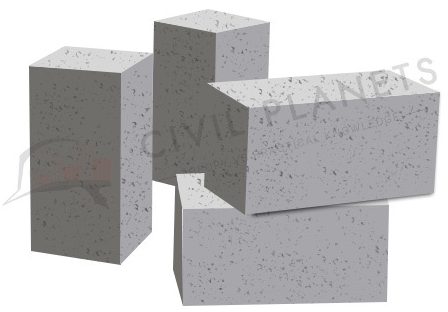
The cement and lightweight aggregates are used to manufacture the AAC bricks at different sizes. The ratio of cement and aggregates will differ based on the size of the bricks.
The cement, sand, fly ash, and other lightweight materials are the main constituents of the aerated autoclaved concrete bricks.
The difference between the red bricks and AAC bricks has been explained in the below table.
Red Bricks Vs AAC Blocks
| SI | Specification | Red Bricks | AAC Blocks |

|
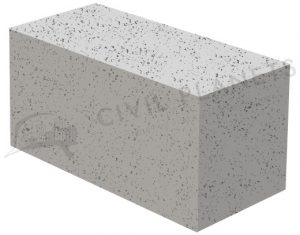
|
||
| 1 | Size | The red bricks are available in 22.5cm x 10cm x 7.5cm and 19cm x 10cm x 10cm | The AAC blocks are available in the size of 60cm x 20cm x 20cm, 60cm x 20cm x 15cm and 60cm x 20cm x 10cm. |
| 2 | Raw materials | It is manufactured from natural resources which contain alumina, lime, magnesia, etc., | Cement, sand, fly ash, and lightweight aggregates are the constituents of AAC bricks. |
| 3 | Compressive Strength | 2.5 N/Sqmm to 3.5 N/Sqmm | 4 N/Sqmm to 6 N/Sqmm |
| 5 | Weight | 3.5 kg to 5 kg | 9 kg to 14 kg based on the size. |
| 6 | Fire Resistance | It can resist the fire up to 2 to 2.5 hours | AAC bricks have high fire-resistant properties. It can sustain in the fire for up to 4.5 hours. |
| 7 | Method of Masonry | Before starting the masonry, the brick should be wetted. Different mix ratio has been used for brick masonry. | Ready-mix mortars are available for AAC brick masonry. |
| 8 | Water absorption | 10% to 20% | 10% to 15% |
| 9 | Material Wastages | 5% to 10% but that wastage bricks can be utilised for filling in soak pits and weathering tile work. | 2% to 5% wastages shall happen. |
| 10 | Colour | Red colour | Grey colour |
| 11 | Cost per Sqm | High | Low as compared to the red bricks. |
| 12 | Workability | It provides excellent workability. | Due to its weight, it does not give high workability. |
| 13 | Permeability | High Permeability | Low Permeability |
| 14 | Durability | Good | Good |
| 15 | Thermal conductivity | It won’t provide thermal conductivity. | It has thermal conductivity. |
| 16 | Sound Insulation | Redbrick does not contain sound insulation properties. | AAC bricks provide sound insulation. |
| 17 | Speed of Construction | It takes more time to finish the wall work compared with the AAC bricks. | Due to its enormous size, the masonry work will be finished in a short duration. |
| 18 | Procurement | The manufacturing process will be affected during the rainy season and depends on the procurement location. | It can be procured anytime, and the production does not depend on the monsoon. |
| 19 | Finishing | The red brick masonry surface contains some undulation. | AAC brick masonry gives a smooth surface finish. |
| 20 | Environment | Digging of natural resources is very harmful. | Eco- friendly. |
| 21 | Manufacturing Location | It can be manufactured where the natural resources are available. | It can be manufactured directly near the construction site. |
| 22 | Pest & Termite Resistance | Low | High |
| 23 | Moisture resistance | Moisture resistance depends on water absorption. Red bricks have low moisture resistance. | High moisture resistance. |
| 24 | Efflorescence | Generally, the efflorescence occurs due to the presence of salt in the water. | Less possibility of Efflorescence on AAC bricks. |
| 25 | Manpower | High manpower required. | Less manpower is enough. |
| 26 | Advantages | Maintenance cost is very low, and it can be reusable. | Due to the lightweight of AAC bricks, it reduces the dead load of the structure, and it indirectly reduces the usage of steel reinforcement. It reduces the energy of air cooling due to its thermal property. |
| 27 | Disadvantages | High steel reinforcement when the structure is built in by red bricks due to its heavyweight. | Initial production cost is high. The mortar sometimes peeled off due to the smooth surface of AAC masonry. |
Happy Learning 🙂


